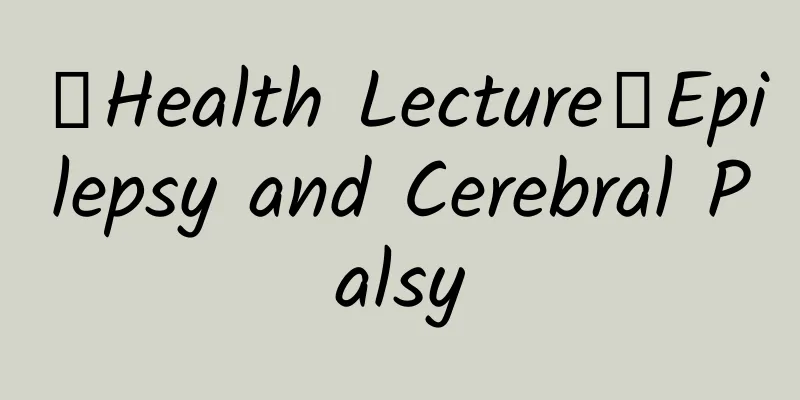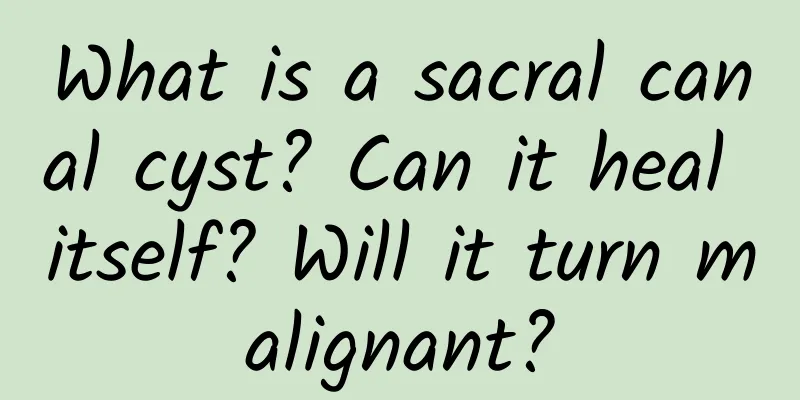【Health Lecture】Epilepsy and Cerebral Palsy

|
I. Definition Epilepsy is a syndrome characterized by paroxysmal, transient, repetitive and usually stereotyped central nervous system dysfunction caused by abnormal discharges of brain neurons due to different causes. The most common symptoms are loss of consciousness or changes in consciousness, local or systemic muscle rigidity or clonic convulsions; it may be accompanied by abnormal behavior, abnormal perception and memory changes, and autonomic dysfunction. Cerebral palsy (CP) is a group of persistent central motor and posture development disorders and activity restriction syndromes. This syndrome is caused by non-progressive damage to the developing fetus or infant brain. The movement disorder of CP is often accompanied by sensory, perceptual, cognitive, communication and behavioral disorders, as well as epilepsy and secondary muscle and bone problems. Epidemiology of cerebral palsy and epilepsy The incidence of epilepsy in children with cerebral palsy is about 35%-41%. For children with cerebral palsy and epilepsy, repeated attacks of epilepsy will further aggravate brain damage, seriously affecting the recovery of motor and cognitive functions of children with cerebral palsy, thereby affecting the rehabilitation effect and placing a heavy mental and economic burden on children and their families. 3. Causes of cerebral palsy combined with epilepsy At present, it is believed that the causes of cerebral palsy can be divided into the following four aspects: ① Prenatal factors: pregnancy infection, intrauterine hypoxia, intrauterine developmental malformation, preeclampsia, multiple pregnancy, etc.; ② Delivery factors: premature birth, overdue delivery, birth injury, birth asphyxia, intracranial hemorrhage and hypoxic-ischemic encephalopathy, low birth weight, macrosomia, etc.; ③ Postpartum factors: bilirubin encephalopathy, neonatal intracranial hemorrhage, neonatal infection; ④ Genetic factors The above factors are also the causes of symptomatic epilepsy in childhood. The occurrence of cerebral palsy combined with epilepsy mainly depends on the cause and type of brain damage. Studies have shown that cerebral palsy and epilepsy often have common causes and pathological bases, and can be mutually causal. IV. Assessment of cerebral palsy combined with epilepsy Epilepsy can occur in any type of cerebral palsy. The incidence of epilepsy varies with different types of cerebral palsy, with spastic quadriplegia and hemiplegia being the most common. Since epileptic seizures are caused by repeated abnormal discharges of neurons in the cerebral cortex, and the lesions of spastic cerebral palsy are located in the motor area of the cerebral cortex and the pyramidal tract, epilepsy is common. However, involuntary movement lesions are near the extrapyramidal basal ganglia, and ataxia lesions are in the cerebellum, so epilepsy is rare. The evaluation of cerebral palsy combined with epilepsy is still mainly based on the diagnosis of imaging (MRI, CT) and electroencephalogram. Studies have shown that the occurrence of epilepsy is related to the extent of brain damage and cortical pathological damage. Among children with cerebral palsy, those with brain atrophy, gray matter (or gray-white matter) damage, and hydrocephalus have a high incidence of epilepsy. 5. Treatment of cerebral palsy combined with epilepsy When cerebral palsy is combined with epilepsy, controlling epilepsy is as important as rehabilitation training for cerebral palsy. Rapid and effective control of epilepsy also promotes the recovery of cerebral palsy. It should be noted that ① epilepsy combined with cerebral palsy is mostly secondary epilepsy, which is difficult to control; ② some children usually need two or more anti-epileptic drugs for treatment; ③ children with cerebral palsy and epilepsy are often accompanied by psychomotor retardation, so the choice of medication should be more cautious. 6. Prevention and prognosis of cerebral palsy combined with epilepsy Because the incidence of cerebral palsy combined with epilepsy is high. The presence of epilepsy will further aggravate brain damage. Therefore, understanding the cause, mastering the clinical characteristics, and controlling seizures are the basis for treating cerebral palsy combined with epilepsy. Timely and effective control of epileptic seizures has a positive effect on the recovery of motor, cognitive and other functions of children with cerebral palsy. In addition, health education for parents should be done well, and the active participation and cooperation of the family is very important for the rehabilitation of children with cerebral palsy. References: 1. Practical Pediatric Rehabilitation Medicine, 2nd edition, Li Xiaojie, People's Medical Publishing House 2. China Cerebral Palsy Rehabilitation Guidelines (2022) The pictures in this article are from: Qianku.com About the Author Yue Qing Chief Therapist, Rehabilitation Therapy, Capital Medical University. 2006-Present, engaged in children's physical therapy at Beijing Boai Hospital, China Rehabilitation Research Center. Chief Technician of Children's PT Department, Beijing Boai Hospital, China Rehabilitation Research Center, Lecturer of PT Teaching and Research Section, Capital Medical University School of Rehabilitation Medicine. Responsible for teaching undergraduate students majoring in Rehabilitation Therapy at Capital Medical University and internship teaching of undergraduate students majoring in Rehabilitation Therapy at Shandong University of Traditional Chinese Medicine. Mainly teaches core professional courses such as "Clinical Exercise Therapy", "Exercise Therapy Technology", "Rehabilitation Therapy of Human Body and Movement System", and "Children's Physical Therapy" at the School of Rehabilitation Medicine, Capital Medical University, with nearly 18 years of basic theory and clinical practice teaching experience. Expertise: Physical therapy for children with developmental delay, cerebral palsy, brain trauma, spinal cord injury, deputy editor of medical monographs such as "Exercise Therapy Technology". 1 new utility patent, undertakes the 2020 Capital Medical University education and teaching reform research project, and undertakes the 2021 undergraduate scientific research innovation project. Member of the Children's Rehabilitation Professional Committee of the Chinese Rehabilitation Medicine Association; Member of the Rehabilitation Therapy Professional Committee of the Chinese Rehabilitation Medicine Association; Member of the Science Popularization and Health Education Working Committee of the Chinese Medical Education Association; Member of the Rehabilitation Therapy Professional Committee of the Beijing Rehabilitation Medicine Association |
>>: Why does milk seem to be not as delicious as before?
Recommend
Girls' foot length and height comparison table
I believe that many mothers are very concerned ab...
Can I drink yogurt during confinement? Five benefits of drinking yogurt
As we all know, yogurt is a popular healthy dairy...
What to eat to get rid of breast lumps fastest
Perhaps most female friends are concerned about t...
There is "garbage" in the blood vessels. Do you need to clean and detoxify it from time to time?
...
What to do if you vomit acid in early pregnancy
In the early stages of pregnancy, most women will...
How are hemorrhoids treated during pregnancy?
Hemorrhoids are a common disease among the people...
Is stomach pain normal during pregnancy?
As the saying goes, it is impossible for people t...
BBC: Predictions for the next 150 years from all walks of life – data infographic
The British BBC News has compiled predictions for...
What to apply during pregnancy to avoid stretch marks
When a woman is pregnant, her body will undergo m...
Make your own matcha bread at home, sweet and soft, kids love it!
Bread is a staple food that often appears in chil...
Should I accept the money my lover gives me? How should I respond if my lover gives me money?
In fact, if your lover offers you money, it is no...
What to do if you have vaginal itching during menstruation
When women are menstruating, the vagina's def...
How to effectively treat uterine cold and dysmenorrhea
Uterine coldness and dysmenorrhea seriously affec...
How can pregnant women replenish qi and blood the fastest
During pregnancy, pregnant women should not only ...
When will the Korean drama search be released? Introduction to the cast of the Korean drama search male and female protagonists
The Korean drama "Search" is a new dram...









